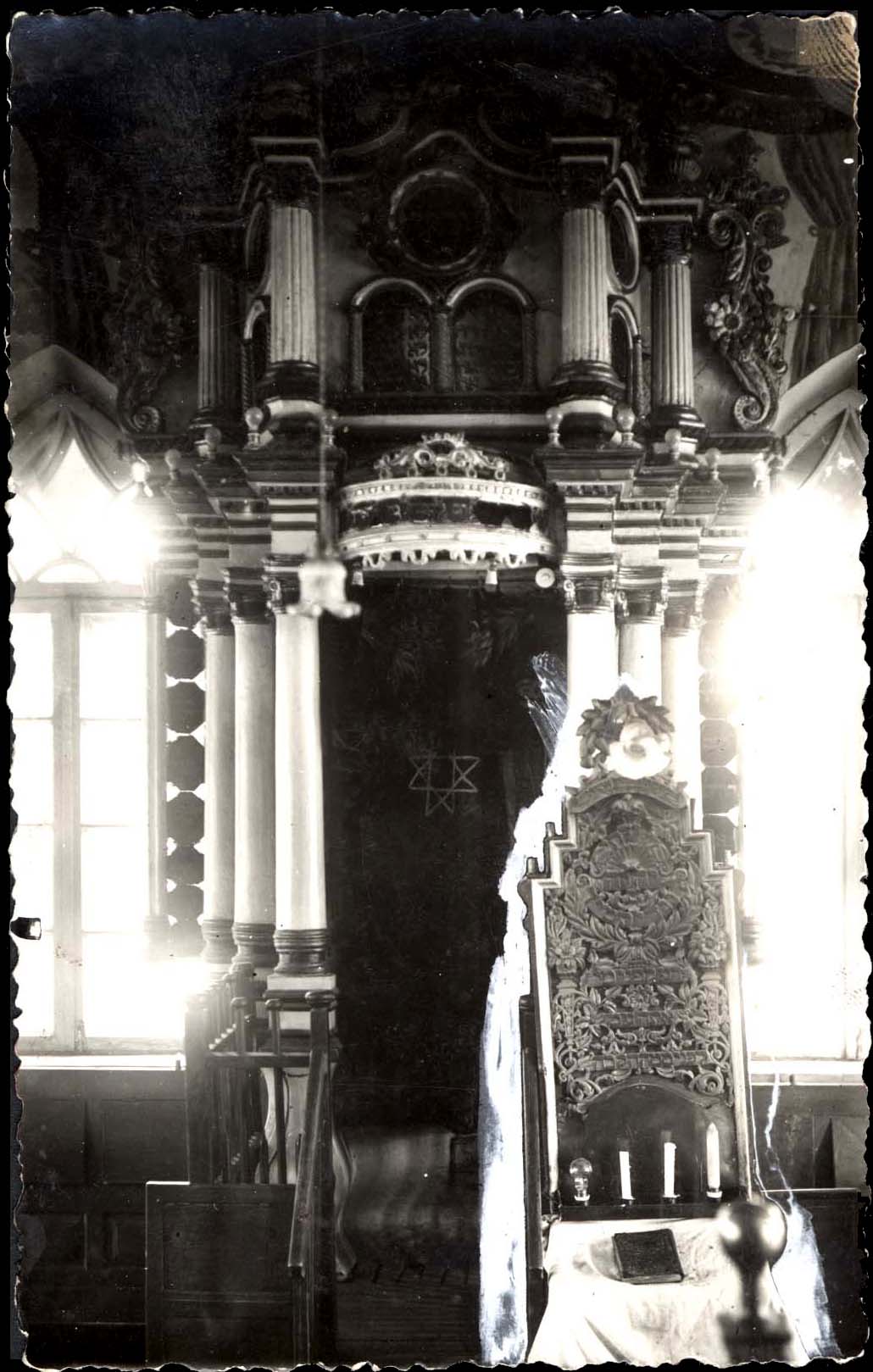

Laukuva

In September 1939, World War II began, and in June 1940 Lithuania was annexed by the Soviet Union. The Hebrew school in Laukuva was closed down, and the private shops were nationalized.
On June 22, 1941, the Soviet-German War broke out, and two days later the Wehrmacht was already fully in control of Laukuva. The occupiers ordered the Jews to wear a yellow Star of David on their clothing, and introduced forced labor for them. On June 29, they assembled all Jewish males aged fifteen and older in the marketplace, ordered them to surrender all valuables, and then transferred them in trucks to the Macikai (Matzicken) labor camp, which was to become a branch of the Stalag 1C Heydekrug POW and forced labor camp in East Prussia. In 1943, most of the surviving inmates of Macikai, who had not died because of the hard labor, were sent to Auschwitz.
On July 8, 1941, the Jewish women and children who remained in Laukuva were assembled at the beth midrash. They were held there for four days without food or water, in inhuman conditions. Afterward, they were transported in trucks to the Geruliai camp, about 10 kilometers east of Telšiai, where the Jewish women and children from the surrounding townlets and villages had also been gathered. On August 30, 1941, the elderly women and the children from the camp were murdered. According to Soviet sources, a total of 1,580 men, women, and children were buried in mass graves at this site. The remaining women were transported to the Telšiai Ghetto, where they shared the fate of the other inmates, being murdered in the Rainiai Forest on December 24, 1941.
Laukuva was liberated by the Red Army in October 1944.

